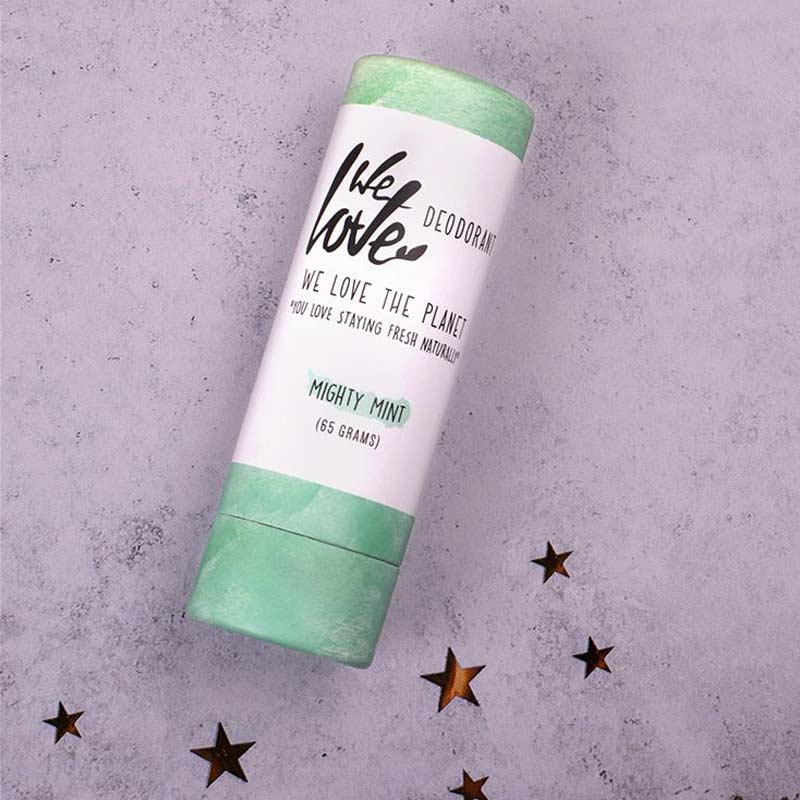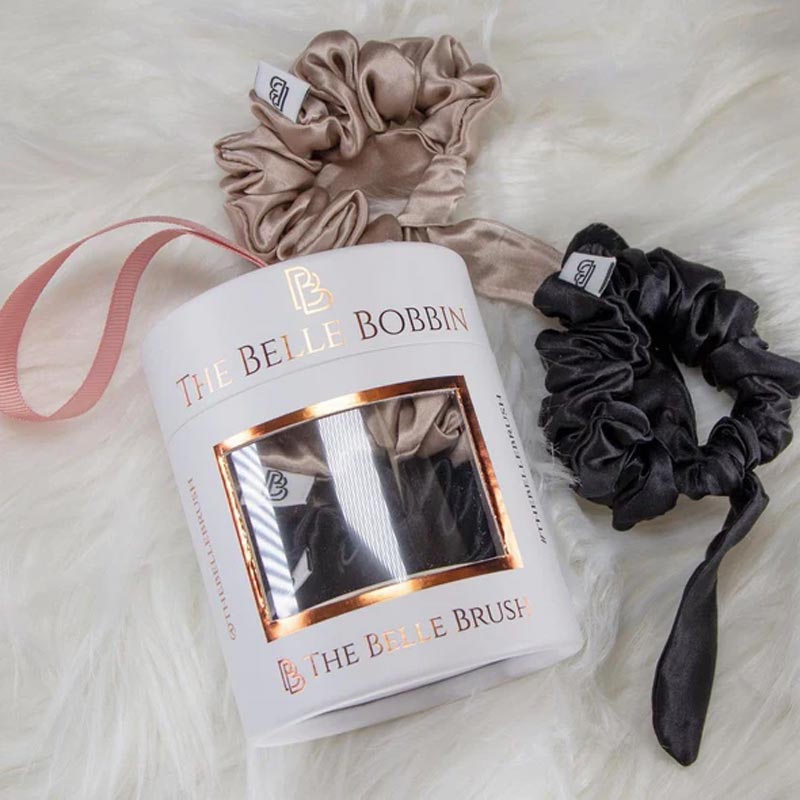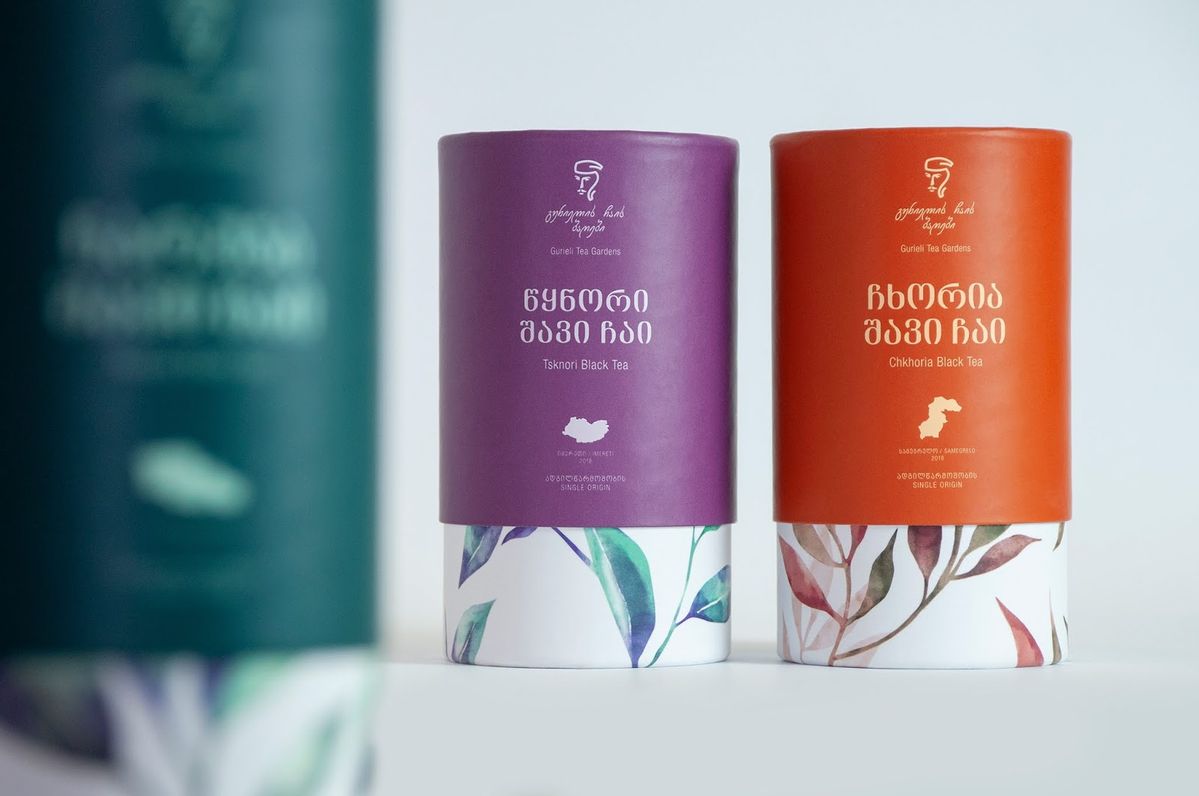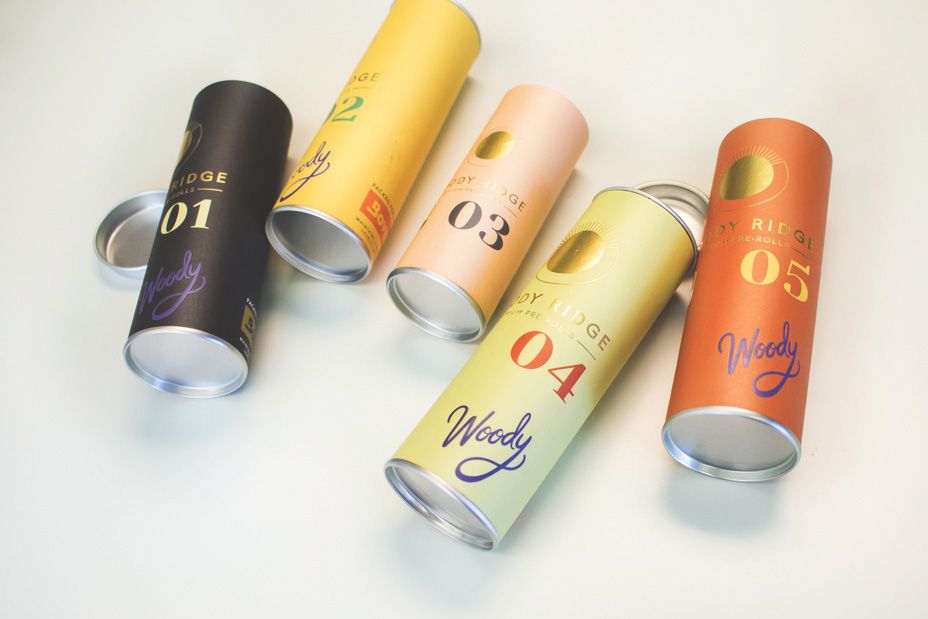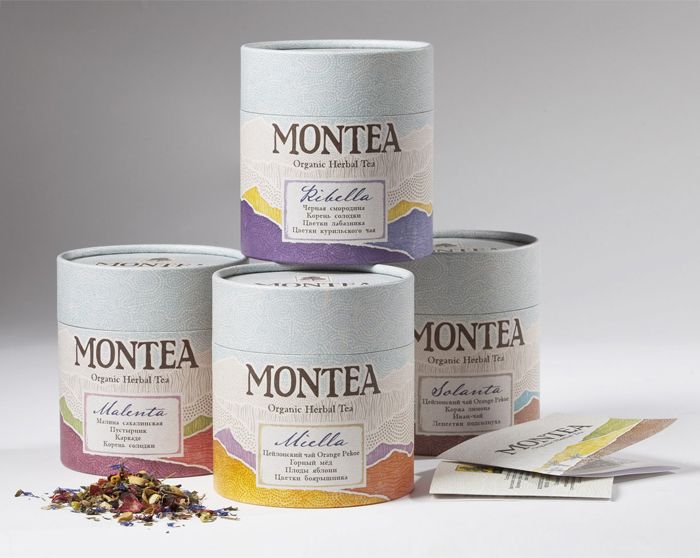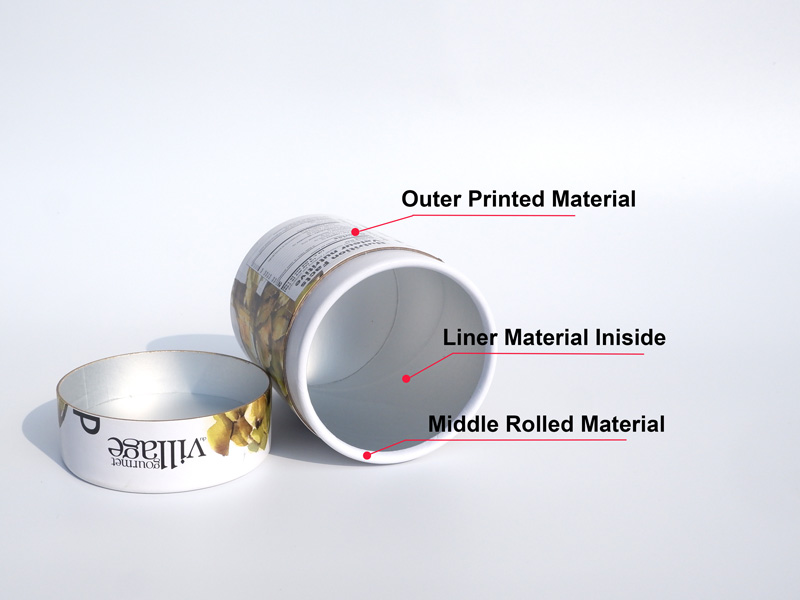
In a world clamoring for sustainable solutions, paper packaging has become a poster child for eco-conscious packaging. But paper alone can’t protect your sandwich from grease, your coffee from spills, or your frozen pizza from freezer burn. Enter food-grade coatings—the invisible, innovative layers that transform ordinary paper into a functional, safe, and planet-friendly material. But what makes these coatings indispensable for modern food packaging? Let’s unpack their role in bridging sustainability and practicality.
Why Coatings Matter for Paper Packaging
Paper’s Achilles’ heel is its permeability. Without food-grade coatings, moisture would warp it, grease would stain it, and oxygen would degrade the food inside. These coatings act as selective barriers, preserving food freshness while keeping the packaging lightweight and compostable or recyclable. For brands committed to eco-conscious packaging, coatings are non-negotiable: they ensure paper meets the rigorous demands of food safety and environmental responsibility.
Types of Food-Grade Coatings: Balancing Function and Sustainability
The right coating depends on the food’s needs and the brand’s sustainability goals. Here’s how key options stack up:
1. Wax Coatings: The Classic Protector
Paraffin wax has long shielded frozen food boxes and bakery sheets from moisture. However, its petroleum origins clash with eco-conscious packaging trends, prompting a shift toward plant-based alternatives like soy and beeswax. Soy wax, for instance, is renewable and biodegradable, making it a favorite for compostable ice cream containers. Still, plant-based waxes lack paraffin’s universal affordability, creating a trade-off between cost and sustainability.
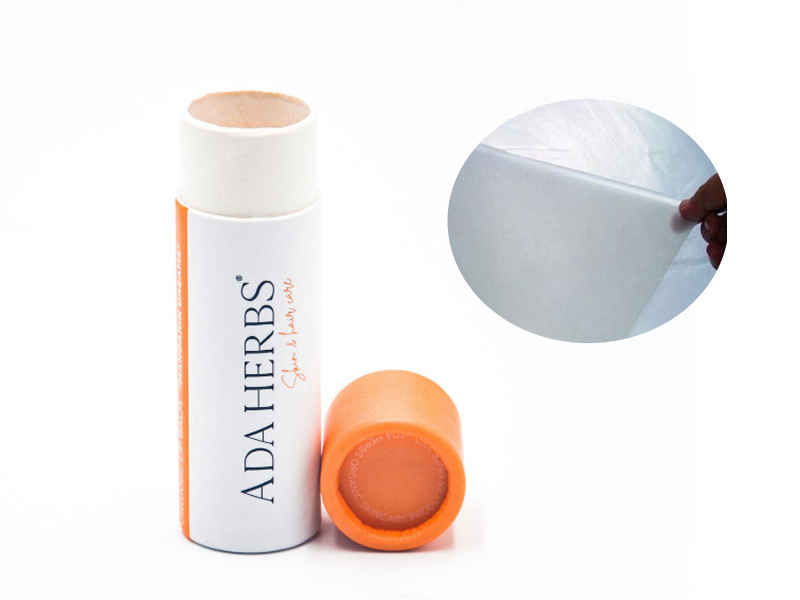
2. Plastic Polymers: Durability vs. Environmental Impact
Polyethylene (PE) remains the go-to for liquid cartons (think milk and juice boxes) due to its unmatched moisture resistance. Yet, PE’s non-biodegradability complicates recycling, as facilities must separate plastic layers from paper—a process only available in advanced waste systems. Polypropylene (PP) offers a heat-resistant alternative for microwave-safe soup cups, but like PE, it lingers in landfills unless properly recycled. For brands prioritizing circularity, these coatings pose a dilemma: performance versus planetary health.
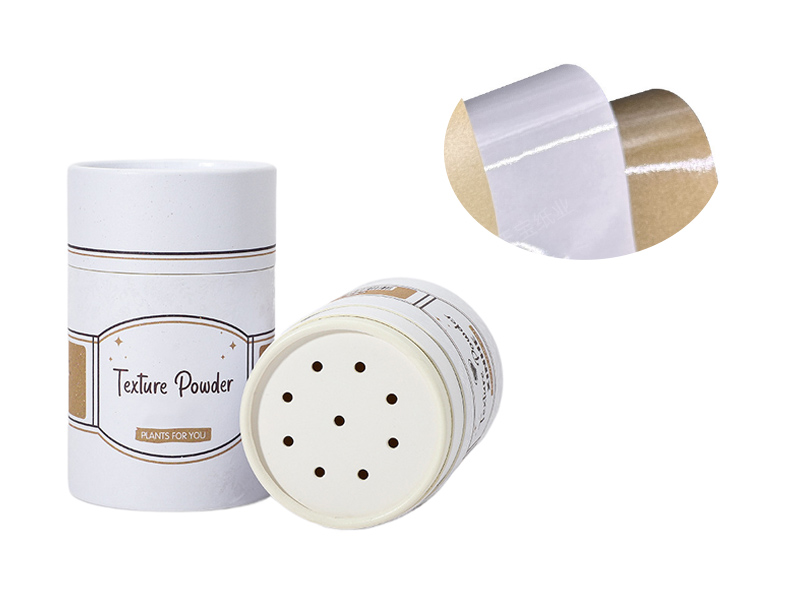
3. Bio-Based Coatings: The Rise of Compostable Solutions
Polylactic acid (PLA), derived from fermented corn starch, is a game-changer for eco-conscious packaging. Compostable under industrial conditions, PLA-coated coffee cups and salad bowls break down into water and CO₂, leaving no toxic residue. However, PLA’s limitations—low heat resistance and dependency on industrial composting—highlight the need for infrastructure investment. Meanwhile, chitosan (from shellfish) and alginate (from seaweed) are emerging as edible coatings for fruit wraps, though scalability remains a hurdle.
4. Water-Based and Silicone Coatings: Grease Resistance Without PFAS
The phaseout of PFAS (toxic fluoropolymers) has spurred demand for safer grease-resistant coatings. Water-based acrylics now line compostable burger wrappers and pizza boxes, offering a PFAS-free solution with minimal VOC emissions. Silicone-coated baking parchment, on the other hand, is reusable and heat-resistant, aligning with zero-waste lifestyles. These innovations prove that food-grade coatings can prioritize safety without sacrificing performance.
5. Metallized and Edible Coatings: Niche but Promising
Thin aluminum layers in metallized coatings block light and oxygen, extending the shelf life of snack bars and chips. While effective, their hybrid paper-plastic-aluminum structure complicates recycling. Edible coatings, made from proteins like casein or polysaccharides like alginate, offer a waste-free future for perishables like avocados or strawberries—though they’re still limited to short-term use.
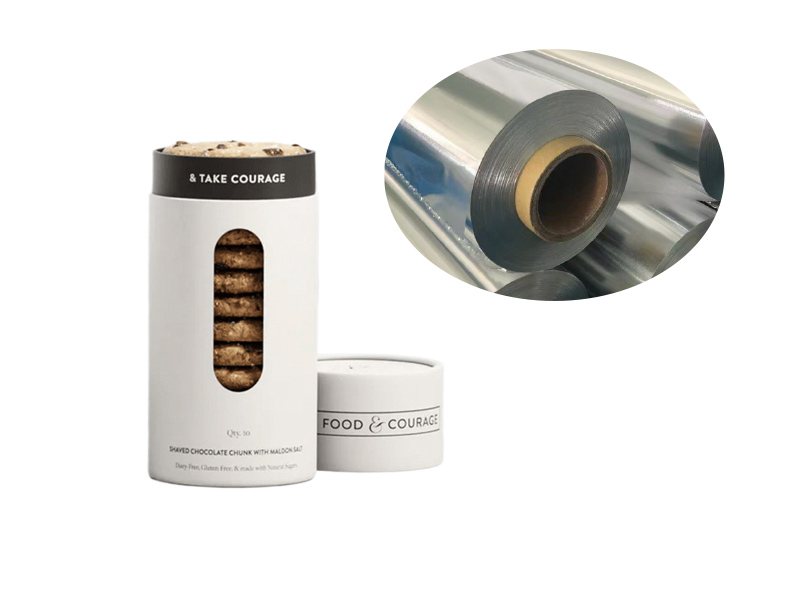
Comparison Table: Food-Grade Coatings for Paper Packaging
| Type | Materials | Key Features | Applications | Sustainability |
|---|---|---|---|---|
| Wax | Paraffin, soy, beeswax | Moisture resistance | Bakery liners, frozen foods | Plant-based options are renewable |
| PE/PP | Polyethylene | High durability, moisture-proof | Liquid cartons, microwave trays | Non-biodegradable; recyclable |
| PLA | Corn starch | Compostable, biodegradable | Compostable cups, trays | Industrial composting required |
| Water-Based | Acrylics, PVA | Grease resistance, low VOC | Takeout containers | Recyclable, eco-friendly |
| Silicone | Silicone polymers | Heat-resistant, reusable | Baking parchment | Long lifespan, reduces waste |
| Edible | Casein, alginate | Short-term protection, non-toxic | Fresh produce wraps | Fully biodegradable |
Regulatory & Environmental Considerations: Navigating a Complex Landscape
Food-grade coatings must satisfy two masters: regulatory compliance and environmental responsibility.
Regulatory Hurdles: In the U.S., the FDA sets strict limits on chemical migration from coatings into food. The EU’s EFSA goes further, banning substances like BPA and PFAS entirely. Recent legislation, such as Maine’s PFAS ban by 2030, underscores the global push for safer alternatives.
Compostability Challenges: While PLA coatings meet ASTM D6400 compostability standards, most end up in landfills due to scarce industrial composting facilities. Certifications like “OK Compost” help consumers identify truly compostable products, but education gaps persist.
Recycling Realities: PE-coated paper is recyclable only in regions with specialized pulping infrastructure. Brands like Tetra Pak now partner with recyclers to recover both paper and plastic layers, but universal adoption is years away.
For businesses, the takeaway is clear: eco-conscious packaging requires coatings that align with regional waste systems and consumer expectations.
Innovations Shaping the Future: Beyond the Status Quo
The next generation of food-grade coatings is poised to redefine sustainability:
Nanocellulose Barriers:
Derived from wood pulp, nanocellulose coatings are ultra-thin yet robust, blocking oxygen and moisture as effectively as plastic. Companies like VTT Technical Research Centre of Finland are piloting this tech for fully recyclable snack packaging.
Hybrid Bio-Polymers:
Blending PLA with chitosan or starch enhances moisture resistance, creating coatings suitable for oily foods. Startups like Traceless Materials are commercializing these hybrids to replace fossil-fuel-based films.
Circular Design Innovations:
Coatings like DS Smith’s FiberCycle™ dissolve during recycling, eliminating plastic contamination. Similarly, Notpla’s seaweed-based coatings dissolve in water, leaving no trace.
Active Coatings:
Infused with antioxidants or antimicrobial agents, these coatings extend food shelf life naturally. For example, Mori’s silk-based coating keeps produce fresh twice as long, reducing food waste.
How to Choose the Right Coating: A Decision Matrix
| Factor | Key Considerations |
|---|---|
| Food Compatibility | Greasy, acidic, frozen, or liquid? Match coating properties (e.g., PFAS-free for grease). |
| Sustainability Goals | Prioritize compostable (PLA) or recyclable (PE) based on local infrastructure. |
| Cost & Scalability | Plant-based waxes cost more than paraffin; nanocellulose is cutting-edge but niche. |
Case in Point:
Eco-Products uses PLA-coated compostable bowls for cold foods but opts for PP for heat-resistant soup cups.
Sweetgreen transitioned to PFAS-free, water-based coatings for salad bowls, balancing safety and functionality.
Conclusion: The Indispensable Role of Food-Grade Coatings
So, why are food-grade coatings essential for eco-conscious food packaging? They are the linchpin that allows paper to meet the dual demands of food safety and environmental stewardship. From compostable PLA to PFAS-free acrylics, these coatings enable brands to ditch single-use plastics without compromising performance. As innovations like nanocellulose and active coatings mature, the future of food packaging looks greener—and tastier—than ever.
For businesses, the message is clear: Invest in coatings that reflect your values. After all, in the quest for sustainability, every layer matters.

